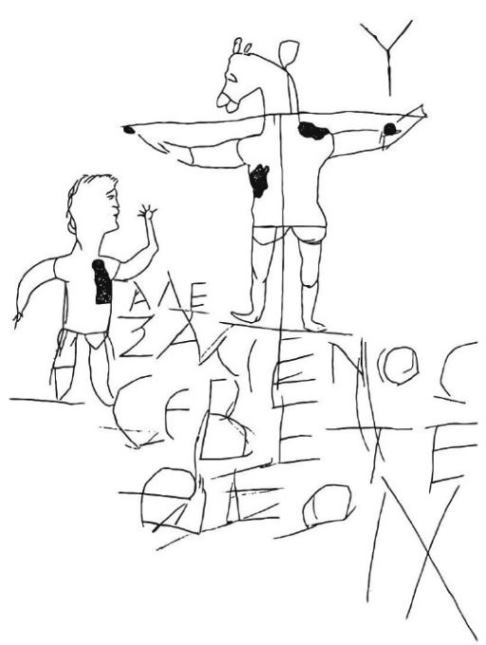We already know how Jws will respond ( on a pole). But I found an article that talks about jws views on how Jesus died. I didn't know that there was a time when jws accepted the cross unlike now.
It even brings up the fact that org has limited knowledge on Greek which is causing problems now. Funny the website mentioned this because I heard some bro had only high school knowledge of Greek and apparently that was good enough to translate from Greek scriptures.
https://www.bethinking.org/jehovahs-witnesses/did-christ-die-on-a-cross-or-a-stake
 Tracing of the Alexamenos graffito carved in the plaster.
Tracing of the Alexamenos graffito carved in the plaster.